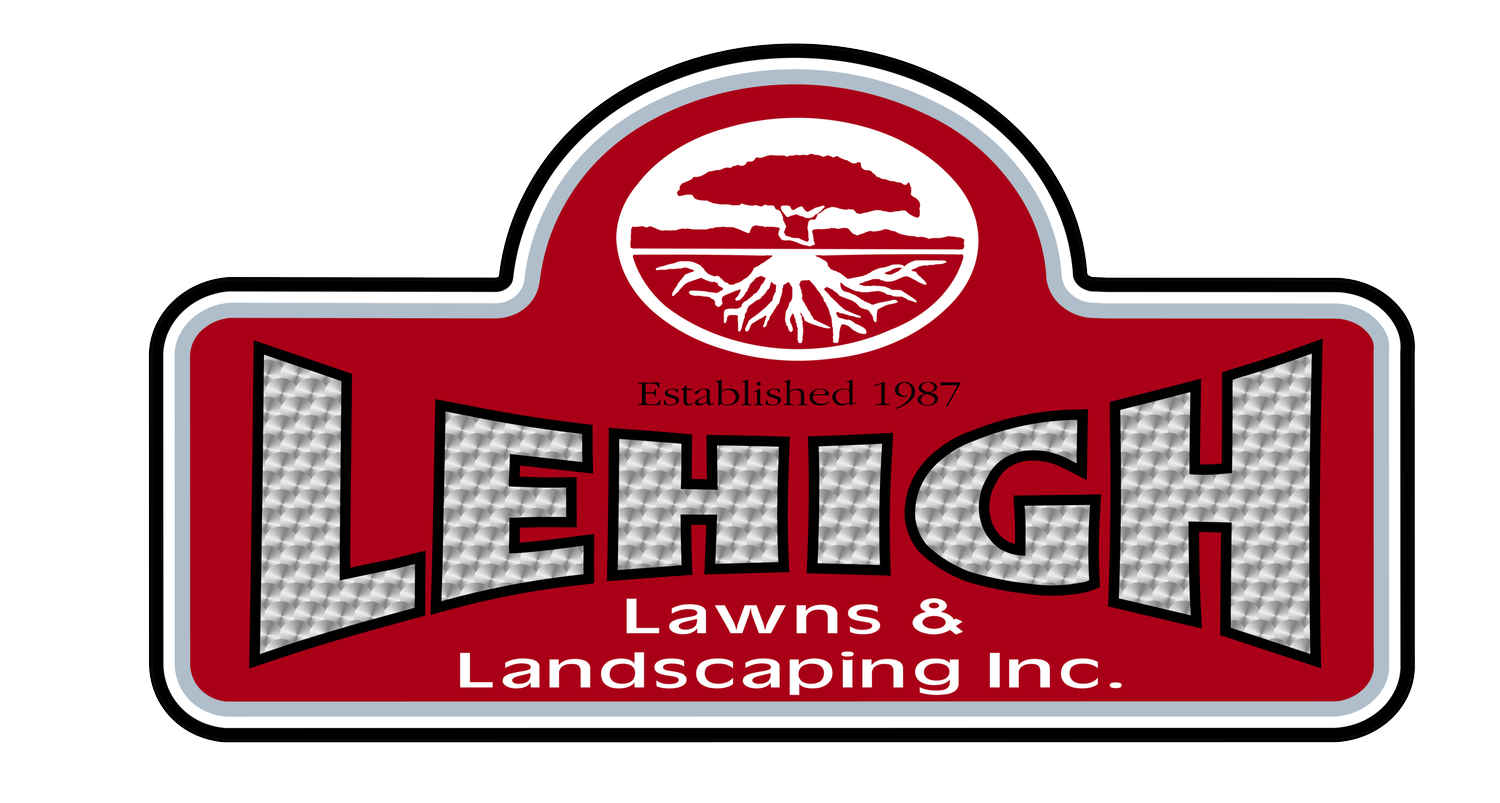Getting Rid of Crabgrass Before It's Time for Fertilizer in Westchester County NY
Lawns are often the most treasured features of many homes and landscapes. The sight of gentle, green grass is part of a soothing feeling of what it means to be at home and the simple, manicured beauty of the grass is a big part of that welcoming feeling. There is, however, a returning threat to the health of our lawns: crabgrass. Here’s a guide at getting rid of crabgrass before it’s time for fertilizer in Westchester County, NY.
Related: How a Professional Can Finally Get Rid of Crabgrass for Good in Your Westchester County, NY, Yard
The Scourge of Crabgrass
Crabgrass is, like other weeds, incredibly hardy and efficient at living in many different conditions. There are a few different types of crabgrass and they are all considered weeds by most homeowners. Crabgrass grows faster than turfgrass and steals nutrients from lawns causing an unkempt look.
The key to managing crabgrass is to hit it early. Crabgrass should be spotted in the spring before heavy fertilization begins so that your intended grasses receive the nutrients.
How to Spot Crabgrass
Crabgrass has a different shade of green from the grasses typically used in lawns but it is much more easily spotted by its circular shape of blades that spread from a center. It grows in places where the turf grasses are weaker and more vulnerable, for example near open spots of dirt or near unhealthy patches of grass. Crabgrass starts to grow as soon as the snow melts and grow quickly, so it’s important to remove any of the plants before they germinate and spread seeds for the next season.
Keeping the Lawn Healthy: the Key to Long-Term Success
While not directly responsible for the deteriorating health of lawns, crabgrass is nevertheless a symptom of poor lawn care. It will easily take advantage of a struggling lawn that isn’t robust enough (i.e. thick enough) to prevent crabgrass from germinating. Healthy grass will spread across the soil and a thick cover of turf will prevent weeds from growing. Preventing crabgrass from growing and further deteriorating a lawn starts with keeping the lawn as healthy as possible through proper, regular maintenance.
Proper Fertilizing
Part of keeping a lawn healthy is making sure it is properly fertilized at specific times of the year. During the last days of winter and the first days of spring, fertilizer should be spread in healthy areas of the lawn. Meanwhile, unhealthy areas should be replaced with new sod or overseeded, but not before optimal soil conditions are achieved to support new grass growth. As the growing season comes to a close in autumn, a slow-releasing fertilizer should be applied to provide nutrients for the lawn throughout the winter.
Proper Watering
Watering isn’t just about getting the soil to a darker shade of brown or the grass to have some droplets of water on it, it’s about making sure that water reaches the roots and encourages deep root growth, which will help grass survive temperature extremes and drought. As most watering takes place in warmer weather, it’s essential that watering is done at the right time of day. Watering should be an early-morning ritual of slowly letting the water seep into the ground before the sun can evaporate surface water and damage grasses. Over-watering is an issue too, so don’t let water collect in pools.
Set Up a Contract
Landscaping professionals are well-equipped to keep lawns healthy and fight weeds like crabgrass. Set up a contract with your landscaping company soon so they can visit your property and inform you on how to best keep your lawn healthy.
The best way to mitigate crabgrass is through keeping your lawn healthy, and routine checking and removal of crabgrass before it goes to seed.

